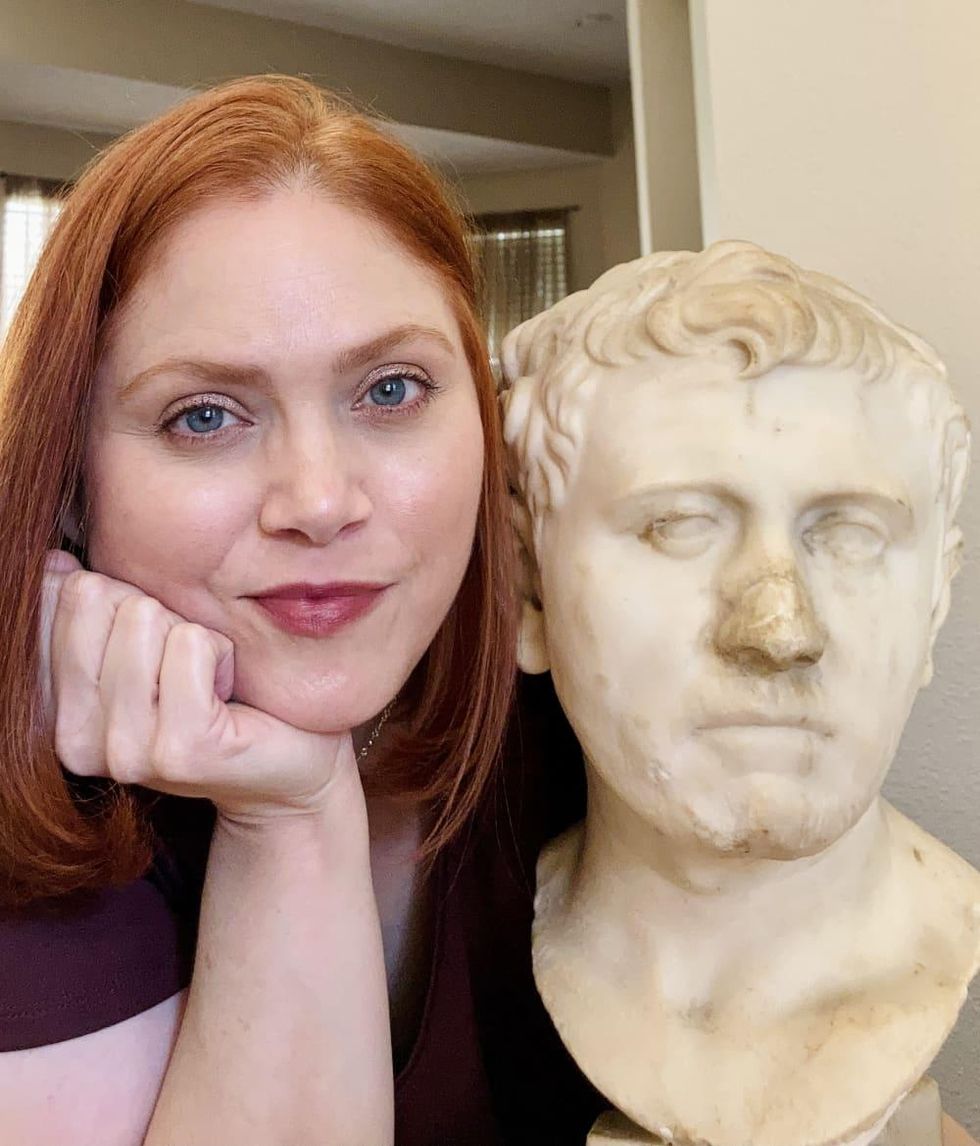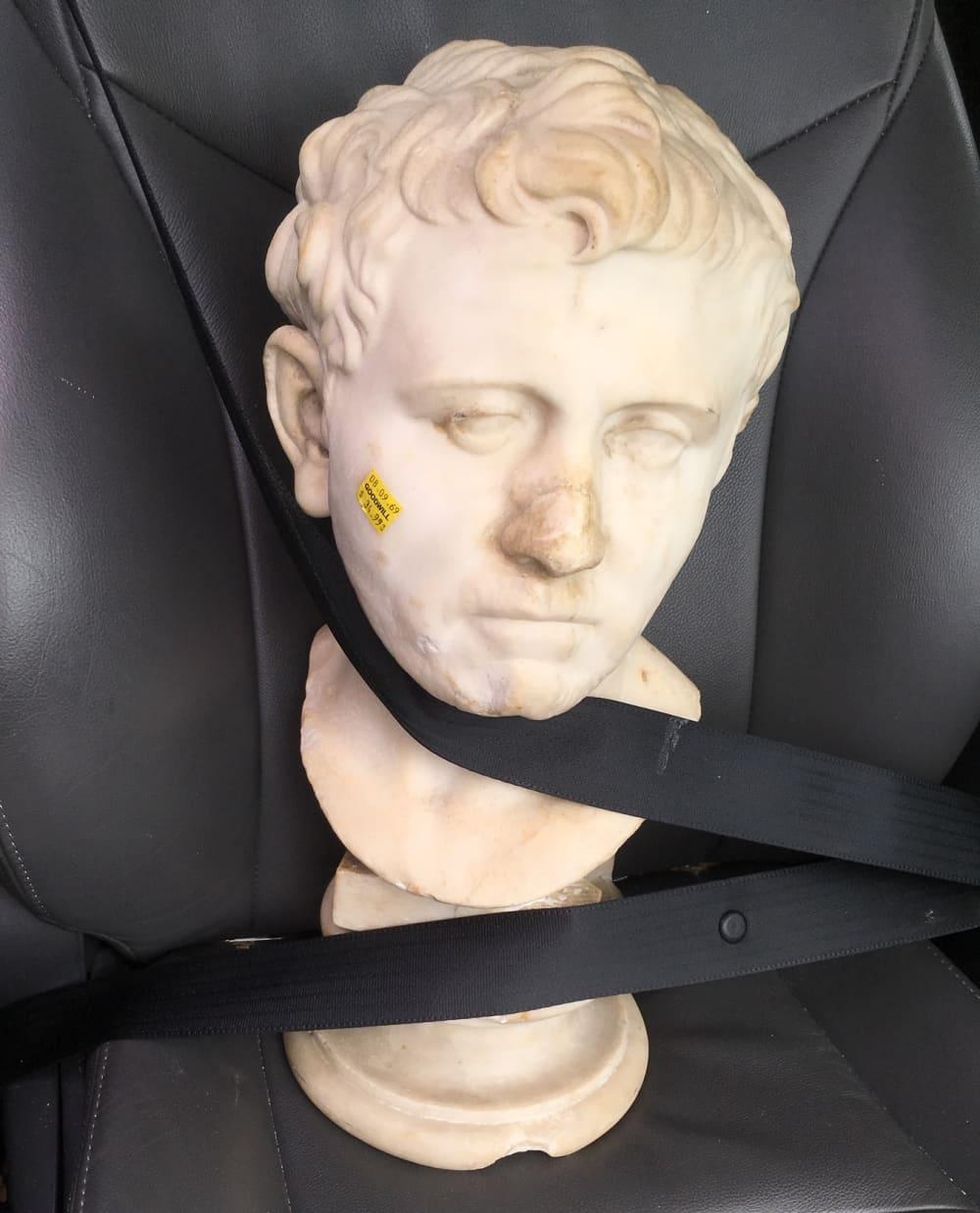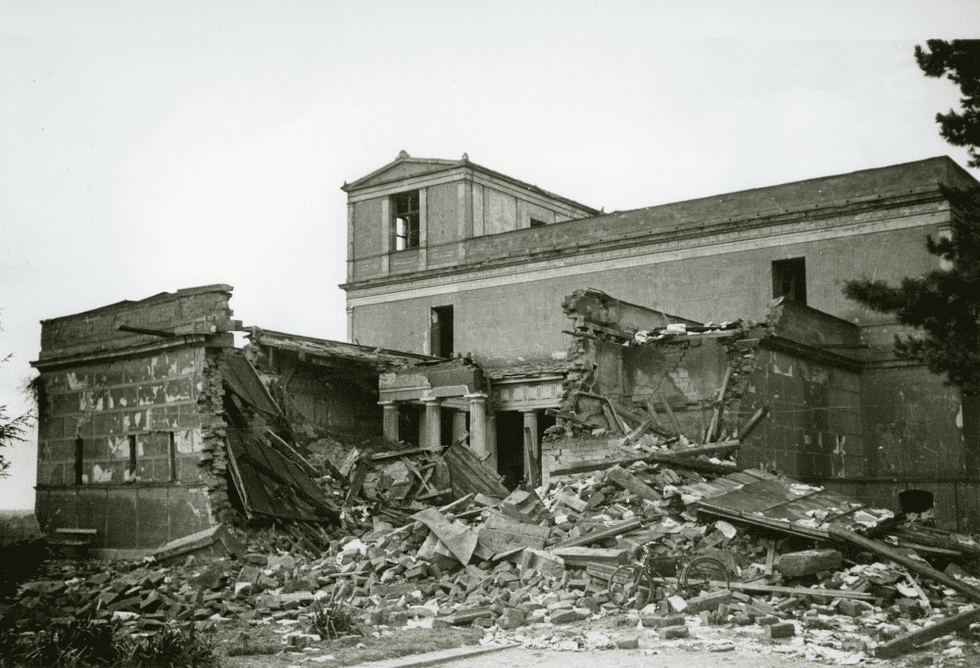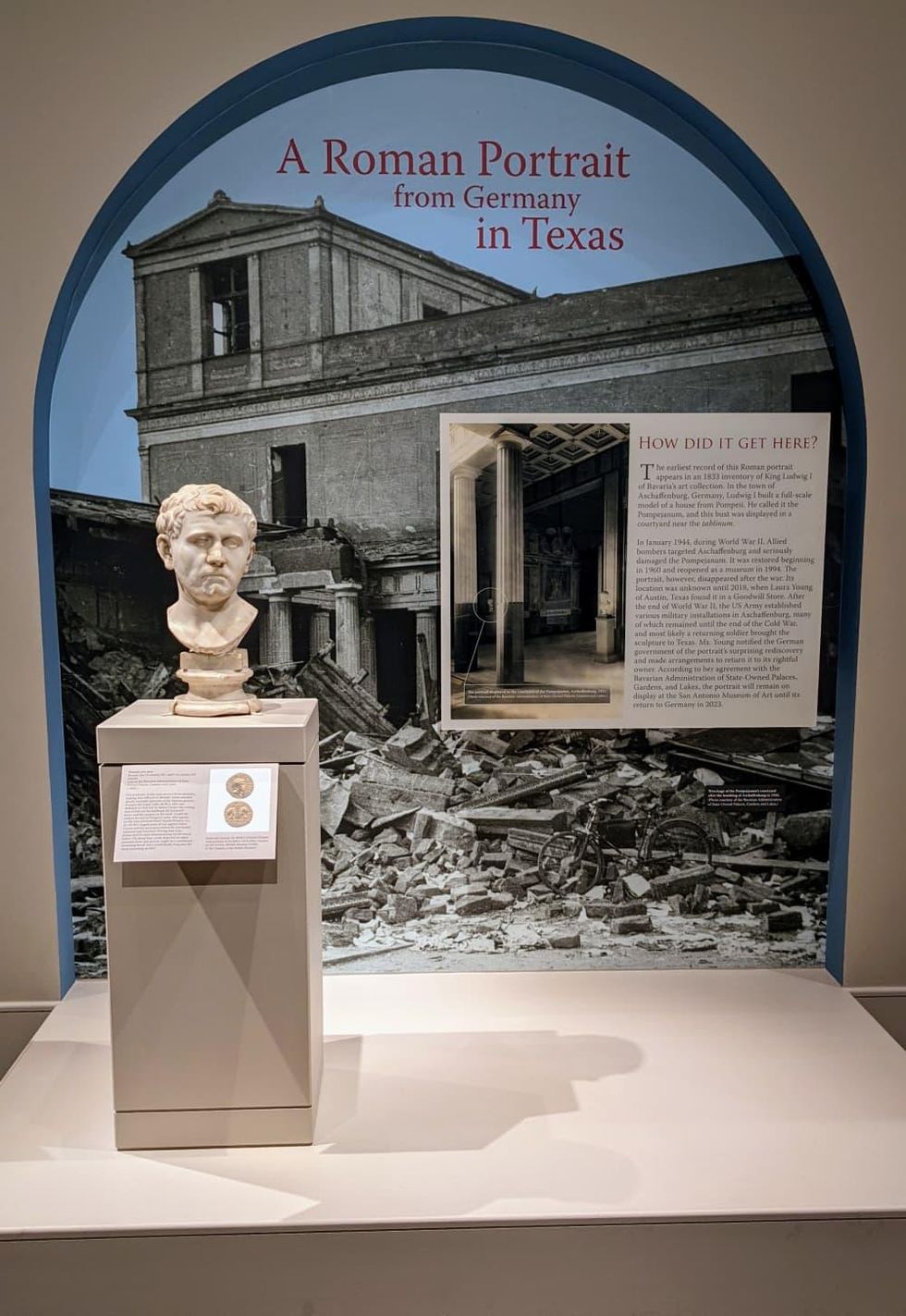Rome or bust
Ancient Roman treasure found at Goodwill now on display at Texas museum

You never know what you might find at a Goodwill. And for one Texas art collector, a normal day of thrifting turned into a once-in-a-lifetime discovery.
Laura Young purchased a marble bust at an Austin-area Goodwill in 2018, not realizing it was a centuries-old sculpture that once belonged to King Ludwig of Bavaria. She discovered the Roman bust on the floor beneath a table; only after taking it home did she notice how old and worn it looked.
Now on view at the San Antonio Museum of Art (SAMA), the work was initially identified by Sotheby’s consultant Jörg Deterling and further authenticated by the Bavarian Administration of State-Owned Palaces, Gardens, and Lakes. These experts determined that the bust dates from the late 1st century BC to the early 1st century AD, and was once installed in the courtyard of the Pompejanum, a full-scale replica of a villa from Pompeii built by the Bavarian king in Aschaffenburg, Germany.
Architect Friedrich von Gärtner designed the replica villa in 1840-1848, inspired by the excavations in Pompeii and in support of ongoing engagement with ancient cultures. The bust may portray a son of Pompey the Great (106-48 BC), who was defeated in civil war by Julius Caesar. Some unusual details resemble other portraits of the famous general, including the lock of curly hair on his forehead, his furrowed brow and neck creases, but with the addition of the traditional beard of mourning worn by his sons after Pompey’s death.
The process of getting the piece identified by the proper authorities was almost as arduous as the journey the bust itself must have taken to get from Germany to Texas. Young, who actively looks for unexpected or undervalued artworks and antiques, began a multi-year journey to determine its origin, meeting with experts in the classics and art history departments at the University of Texas at Austin, as well as from several auction houses across the country.
Eventually connecting with Deterling at Sotheby’s, Young finally found support for the process of connecting with the German authorities. As part of an agreement to return the sculpture to its rightful home in Germany, the Bavarian Administration of State-Owned Palaces agreed that the work would go on view at SAMA to engage the public with its history and story.
But how does a bust belonging to a Bavarian royal find its way to a Texas Goodwill? While that remains a mystery, the story traces back to Allied bombers targeting Aschaffenburg in January 1944 during World War II. The efforts seriously damaged the Pompejanum, which didn’t see much progress on restoration until about 1960. The replica villa opened as a museum in 1994, but the bust is believed to have disappeared after the war, its location unknown until Young’s discovery. The most likely explanation is that a returning soldier must have brought the sculpture to Texas. That date is also unknown, as the U.S. Army kept various military installations in Aschaffenburg until as late as the end of the Cold War.
“We are very pleased that a piece of Bavarian history that we thought was lost has reappeared and will soon be able to return to its rightful location. We would like to take this opportunity to thank the San Antonio Museum of Art for their support in returning the ancient portrait,” said Bernd Schreiber, president of the Bavarian Administration of State-Owned Palaces, Gardens, and Lakes.
The bust will be returned to Germany in 2023 and remains on view in San Antonio for the time being.
“It’s a great story whose plot includes the World War II-era, international diplomacy, art of the ancient Mediterranean, thrift shop sleuthing, historic Bavarian royalty, and the thoughtful stewardship of those who care for and preserve the arts, whether as individuals or institutions. We are so pleased that the Bavarian Administration of State-Owned Palaces agreed to allow us to have the sculpture on view at SAMA before it returns to its rightful home,” said Emily Ballew Neff, PhD, The Kelso Director. “A wonderful example of international cooperation, this is another critical way in which our art museums participate in diplomacy around the globe.”
As for Young, she is equally glad to have participated in the enthralling adventure, even though it means not keeping her discovery.
“I’m glad I got to be a small part of [its] long and complicated history,” she says, “and he looked great in the house while I had him.”




